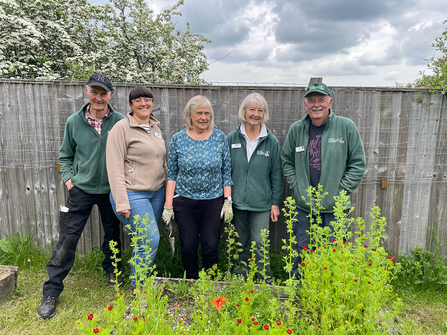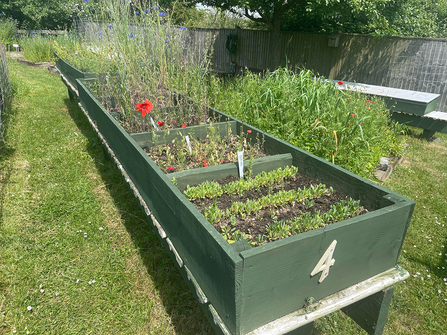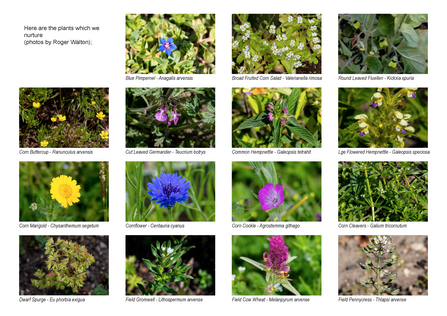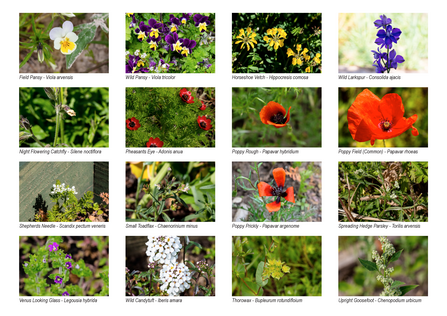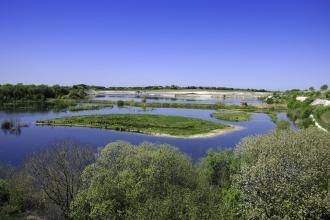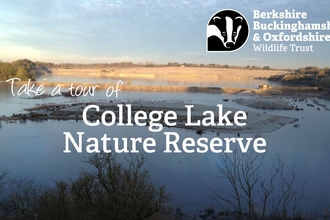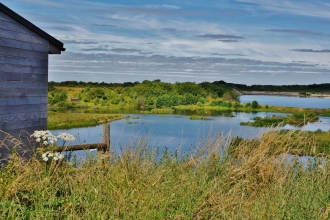The arable weeds' nursery at College Lake was started by Val Atkins, whose husband Graham originally founded the nature reserve near Tring in Buckinghamshire in the 1970s.
College Lake was never sprayed with herbicides so when landscaping started and the soil was moved around the site lots of rare arable weeds surfaced.
Val realised that to save these rare plants they would have to start a nursery to enable seed collection. Her aim was to create a cornfield as it would have been in the 1940s and 50s.


